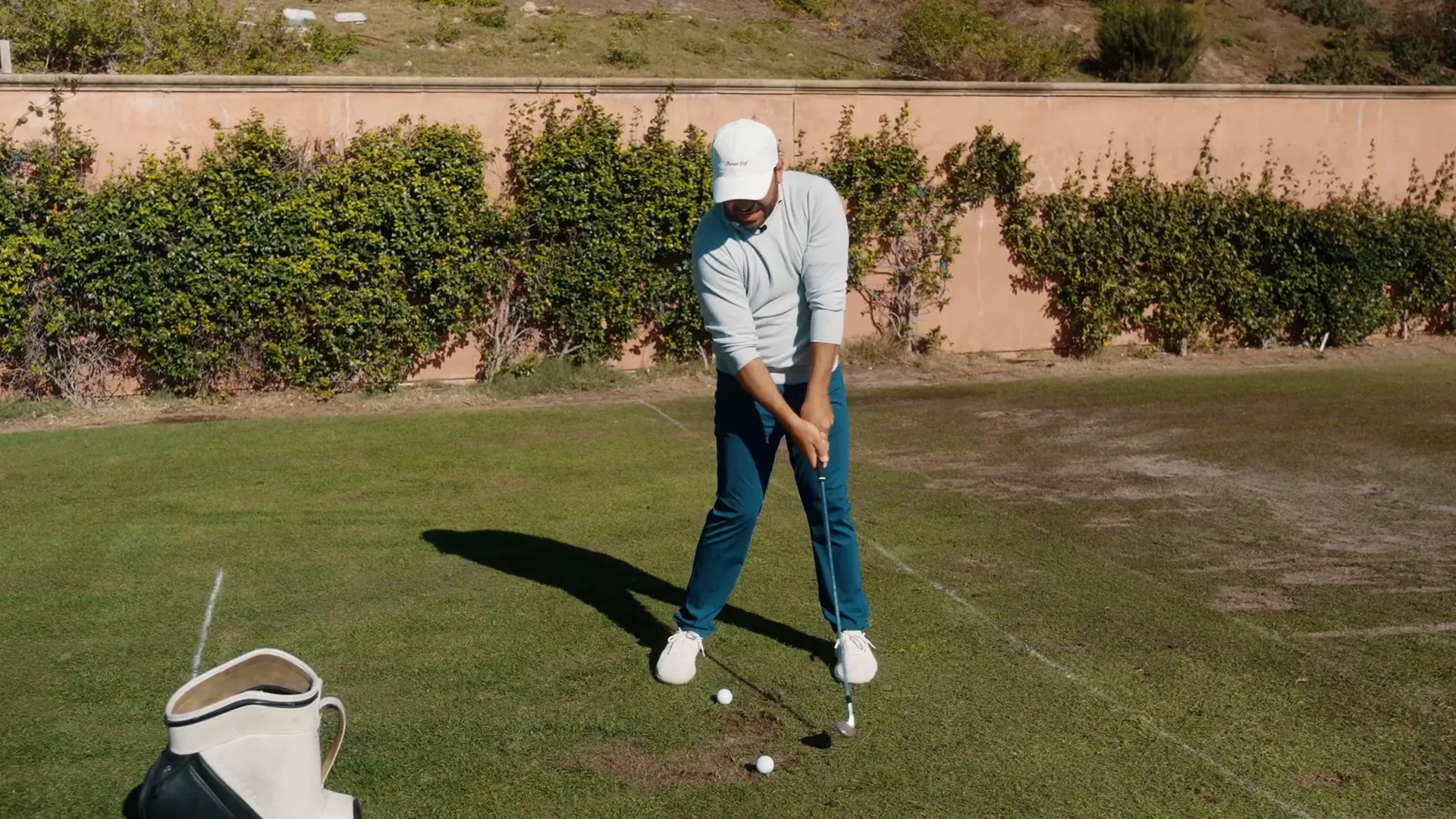
Many players feel the need to drag the club through the impact zone to prevent the clubhead from passing their hands prematurely. However, the best players in the world demonstrate a different technique. They set up in a way that allows them to maintain their wrist angle, creating a powerful rotation that helps them release the club effectively.
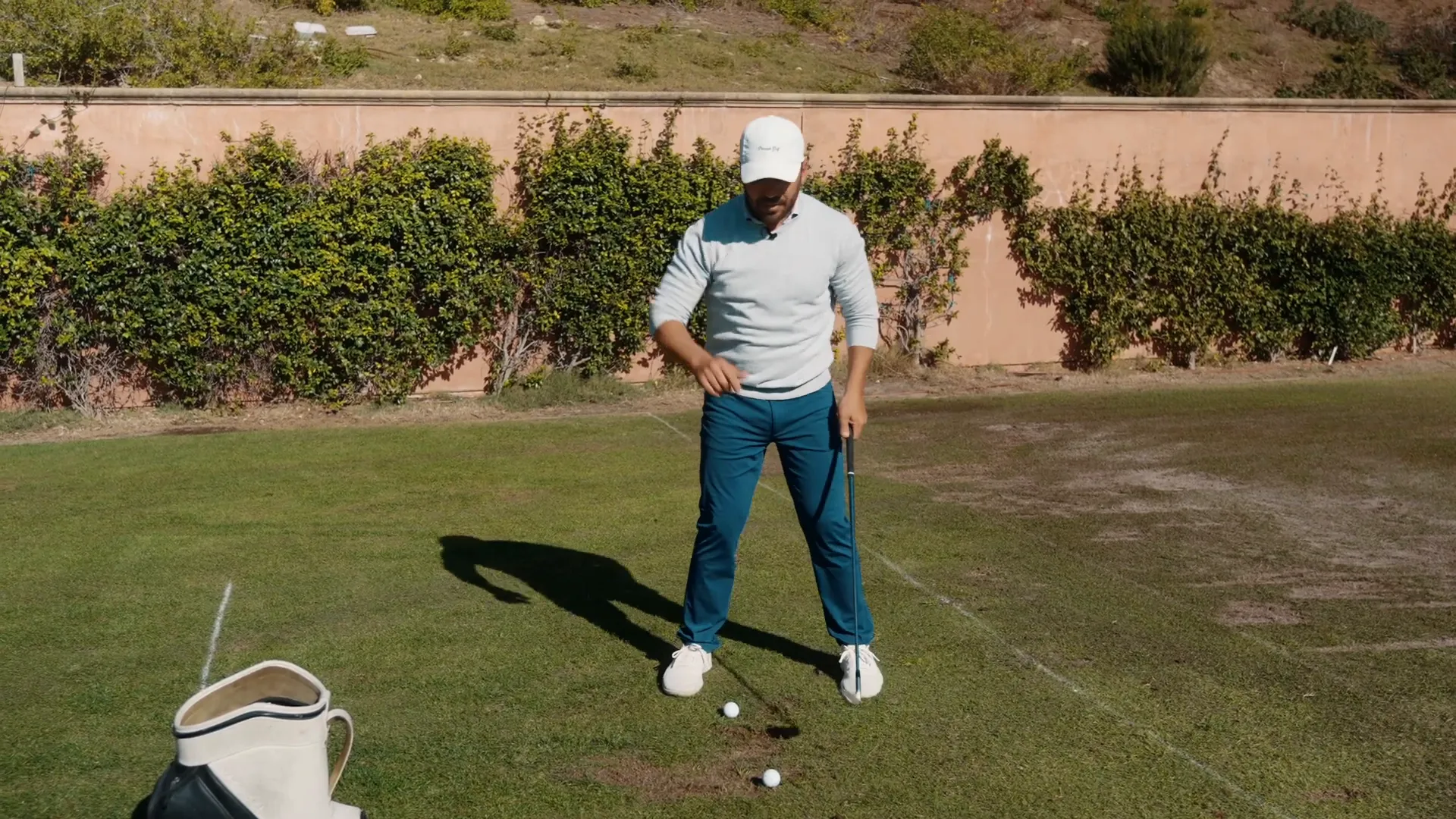
This technique is not just about form; it’s about mindset. For instance, understanding that the low point for a seven iron on tour is typically four inches past the golf ball can shift a player’s approach. In practice, one drill involves moving the ball six to seven inches ahead of the usual position. This adjustment forces the golfer to really cover the ball, leading to better ball striking.
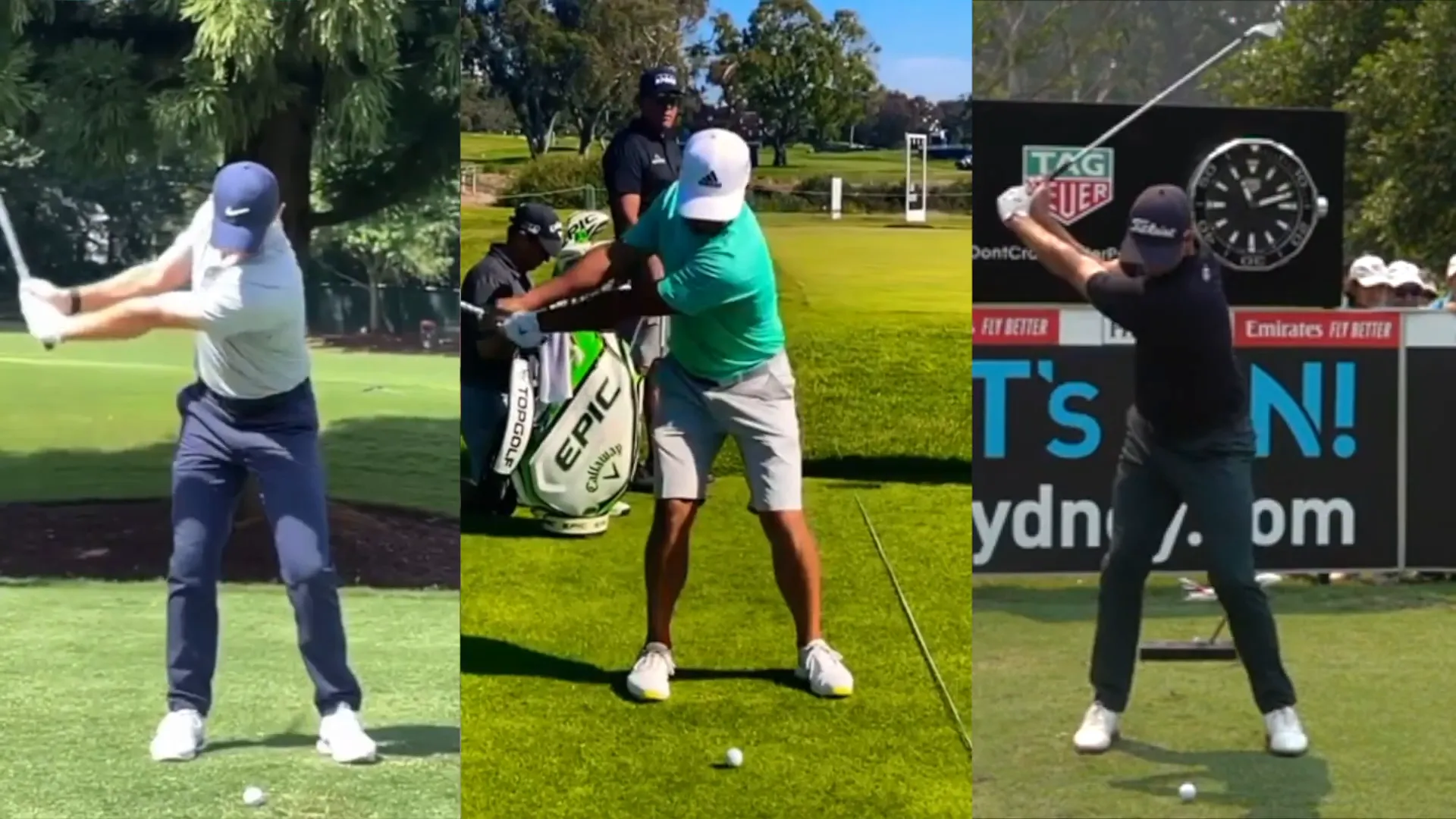
When setting up for the shot, the golfer should place their foot near the outside of their toe while pretending the ball is in the middle. This helps them focus on maintaining their angle throughout the swing. This drill encourages a more aggressive swing that stays in the shot better.
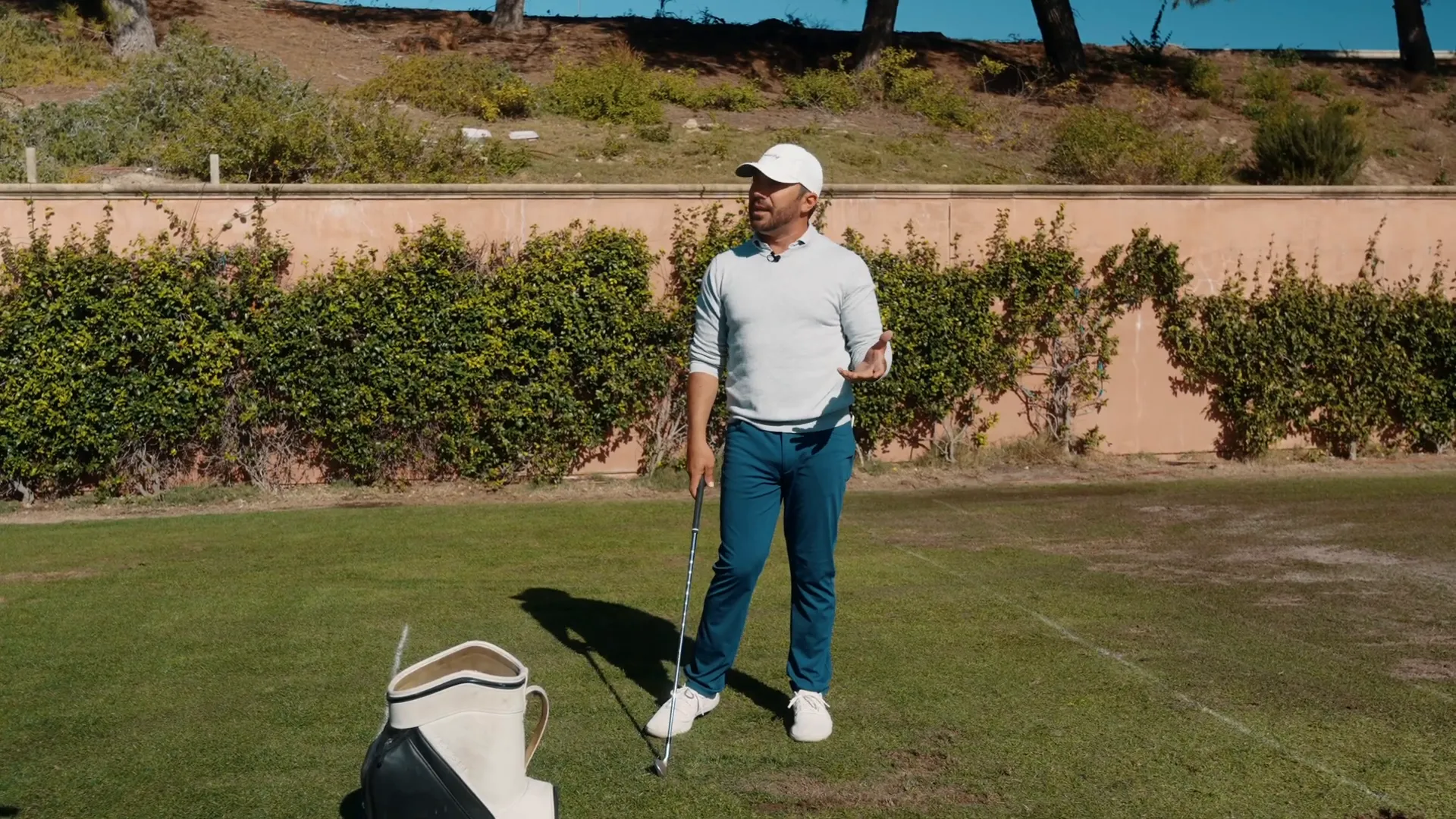
Another impactful exercise involves placing a tee in the ground at an angle and aiming to break it during the swing. This creates a focus on swinging through the ball rather than just making contact. Many golfers find that simply looking at the front edge of the ball or a few inches ahead can improve their shots significantly, regardless of their swing mechanics.
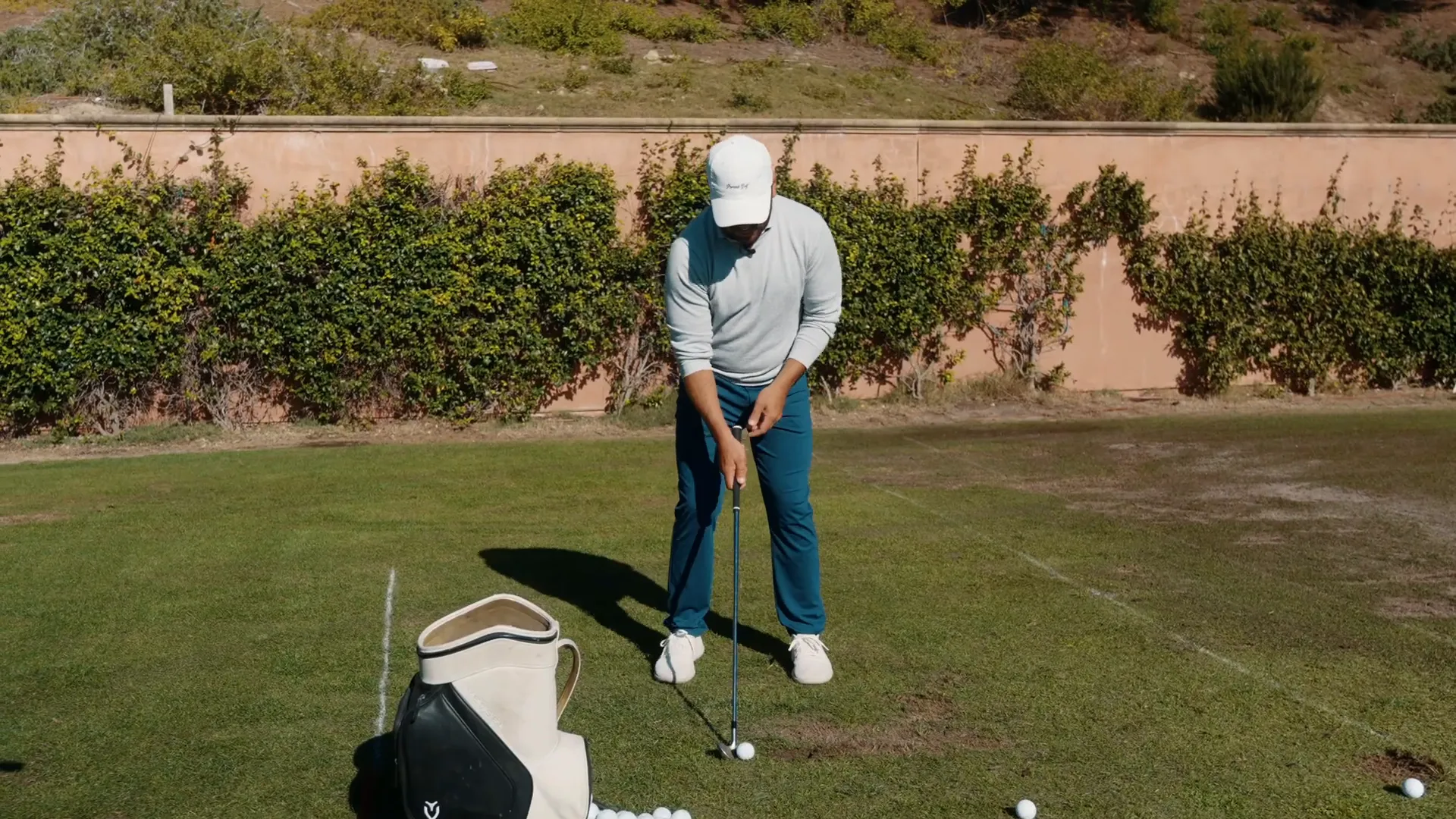
It’s essential to recognize that many golfers struggle with a lack of rotation and an early release. These issues often stem from improper ball positioning, which can throw off their entire setup. A common mistake is placing the ball too centered or too far back, leading to inconsistent contact.
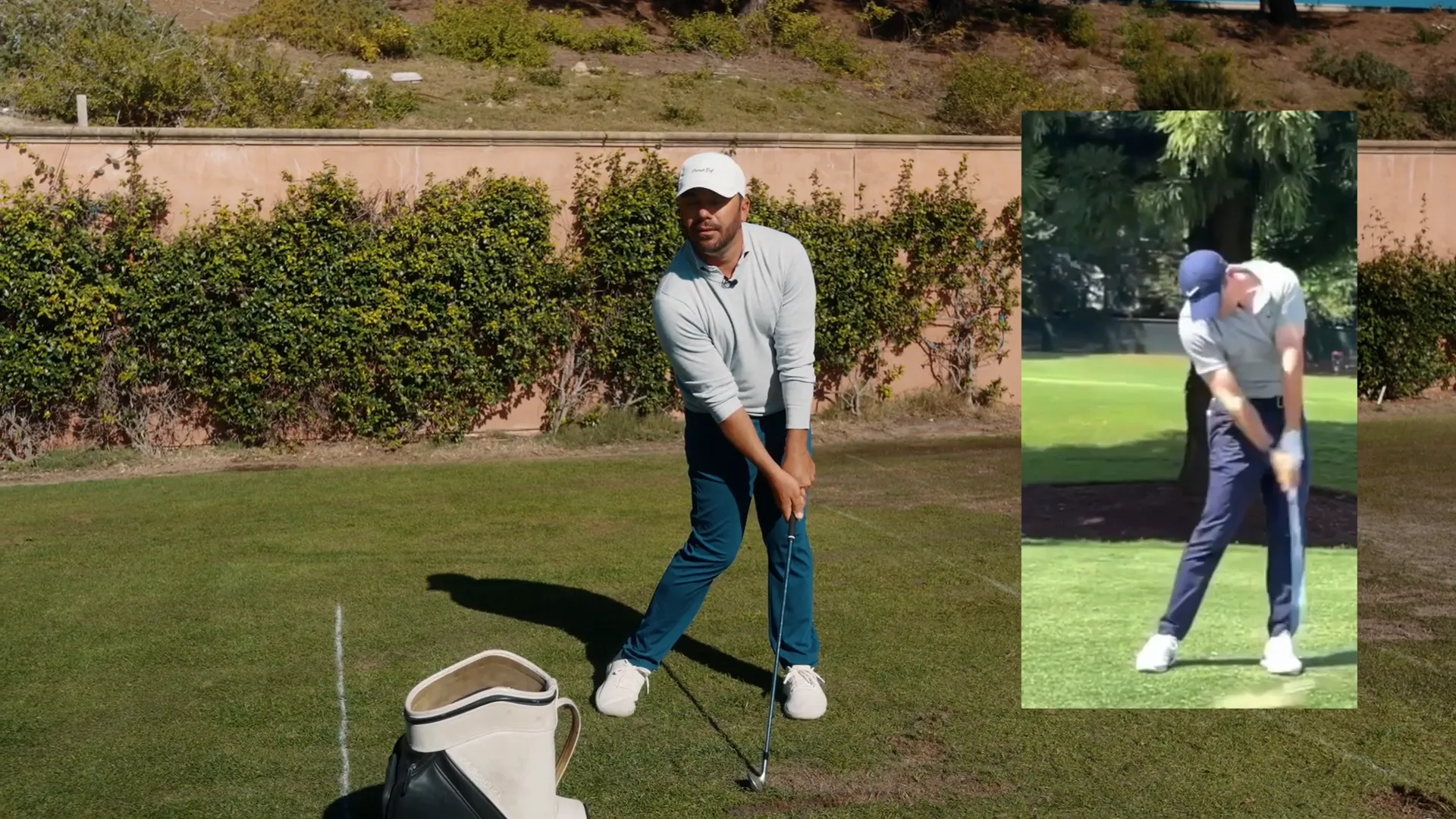
To achieve better results, the ball should progress from wedge to wood, with the ball position shifting accordingly. For instance, an eight or nine iron should be played closer to the left side of the golfer’s face. This adjustment allows for a more natural turn and coverage of the ball without sliding or swaying.
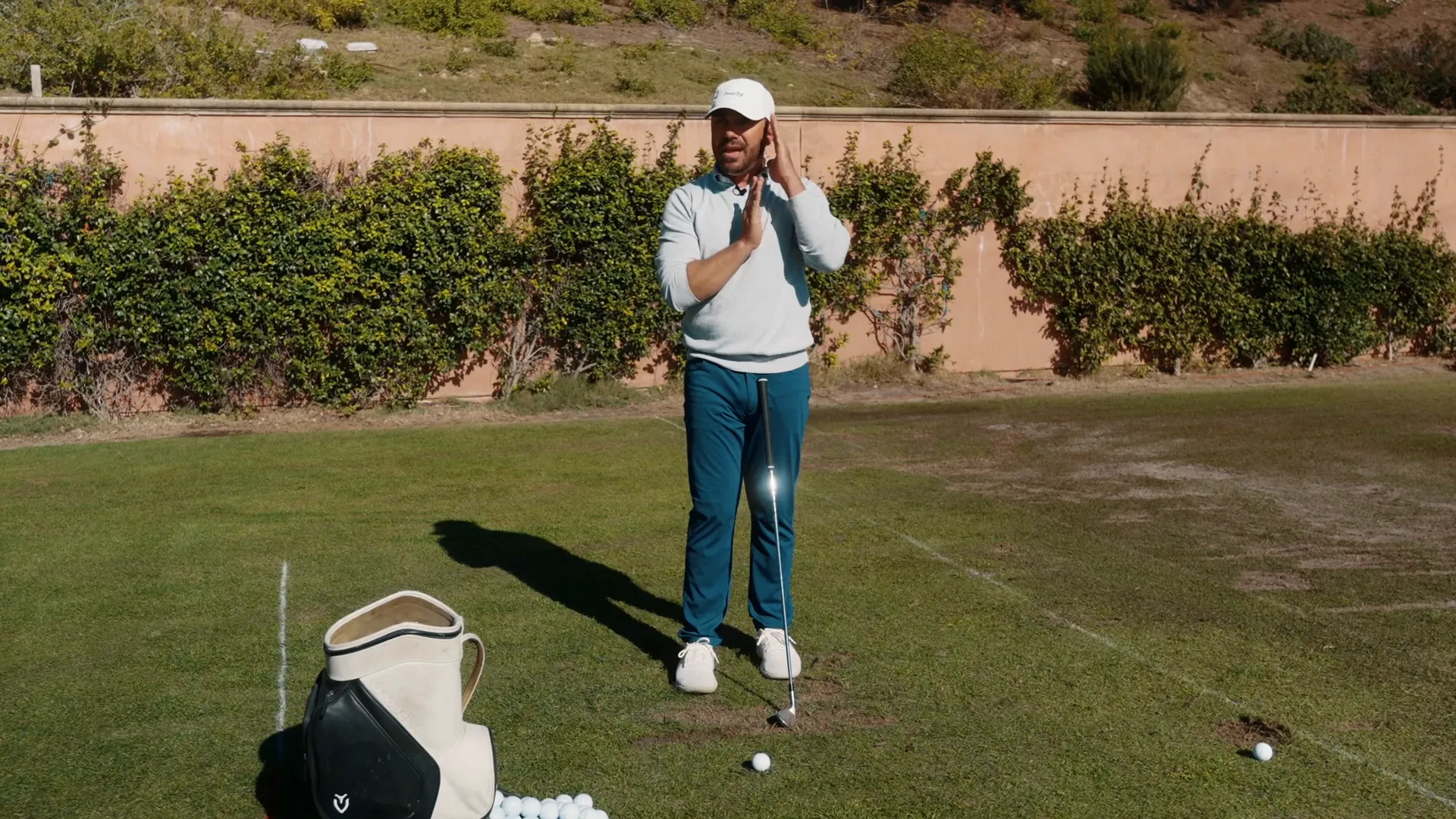
Drills from a young age can help develop proper mechanics. For example, focusing on getting the handle ahead at impact and ensuring the right shoulder finishes towards the target can significantly improve a golfer’s swing. This sequence of movements encourages better follow-through and contact.
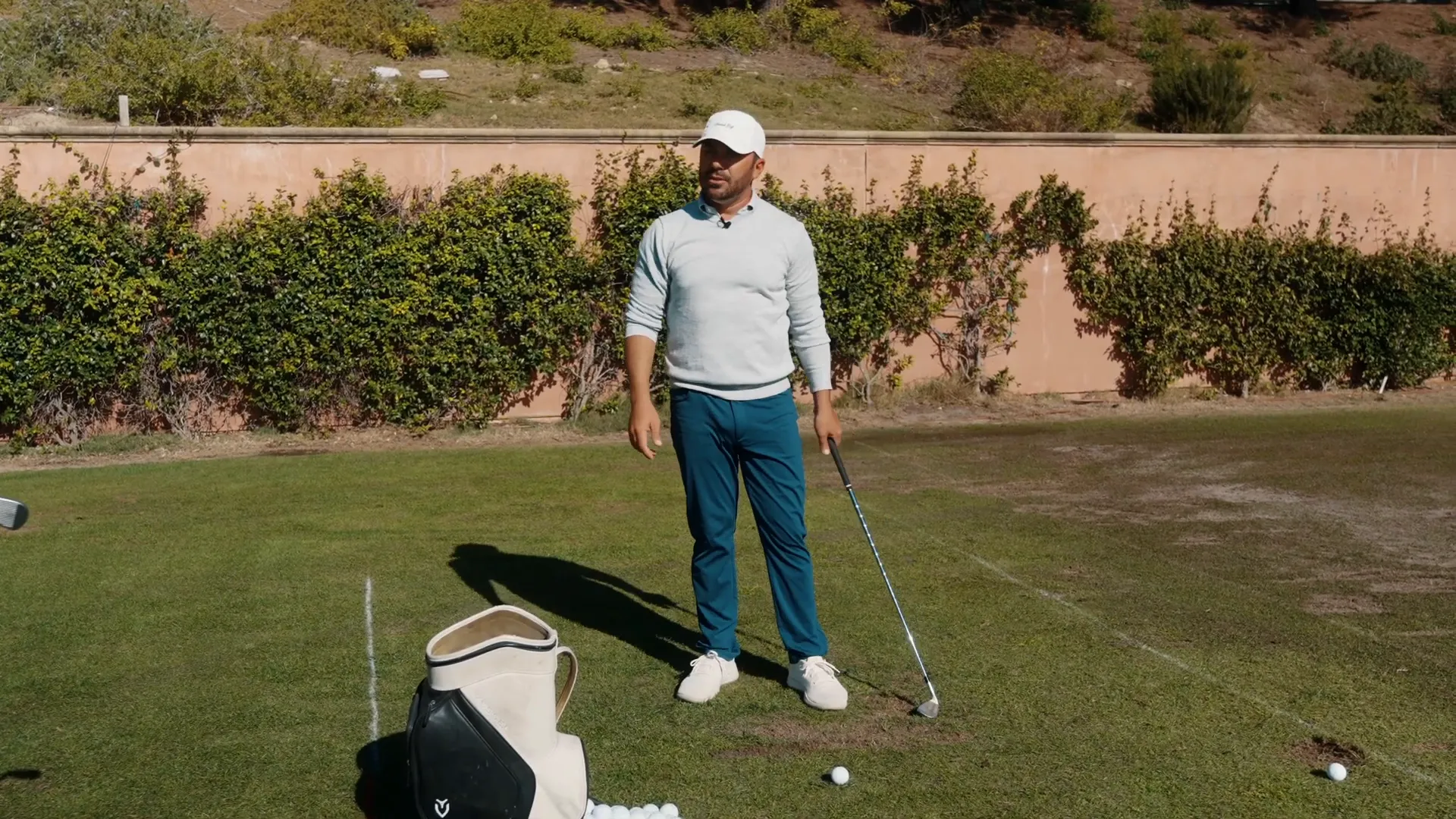
When practicing, golfers should be mindful of their setup and ball position. For example, adjusting the ball position can lead to better contact and improved distance. A common drill involves having a golfer feel where the ball should be relative to their center, leading to a more effective swing.
Ultimately, the goal is to create a solid foundation for the swing that encourages a natural flow of movement. When golfers focus on the right aspects of their swing, they often find themselves hitting the ball farther and with more consistency.
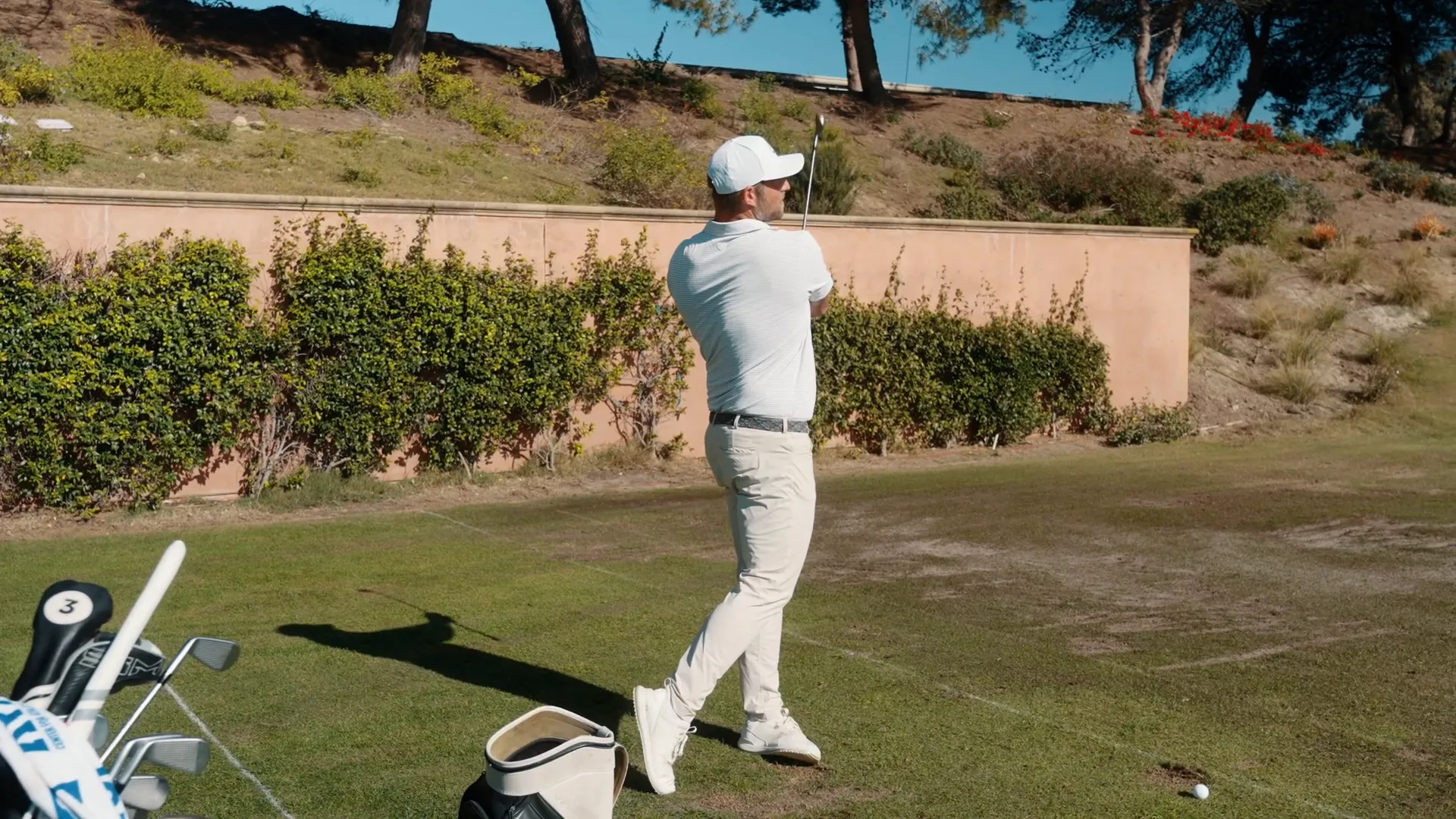
In summary, understanding the nuances of ball position, wrist angle, and swing mechanics can drastically improve a golfer’s performance. By focusing on these key areas and adopting a proactive mindset during practice, golfers can unlock their potential and enjoy a more rewarding game.


0 Comments